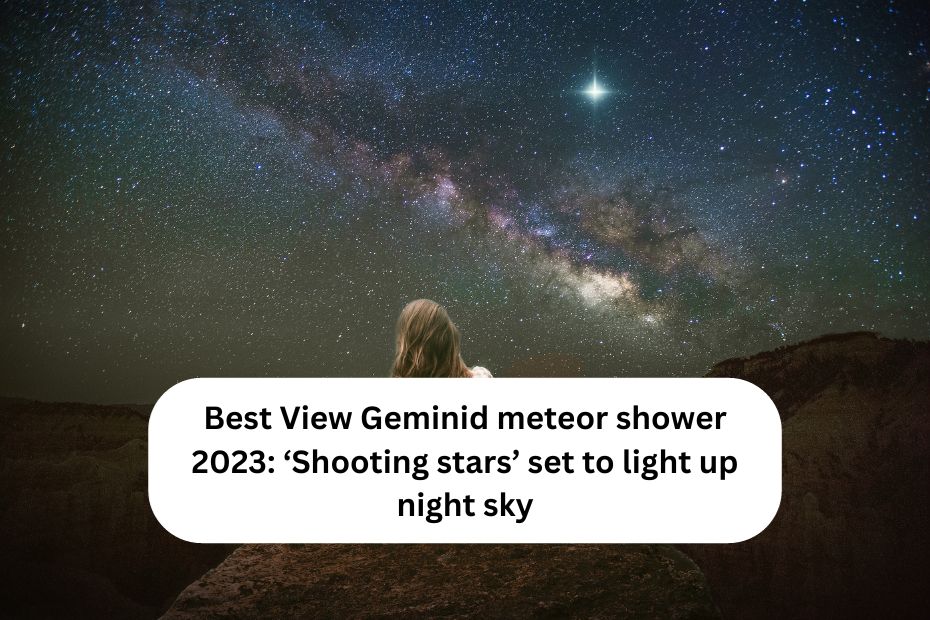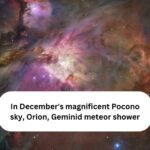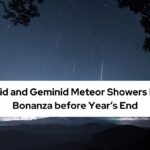This week, the night sky is going to be illuminated by the Geminid meteor shower, which is widely considered to be one of the most beautiful celestial occurrences that occurs during the year. The Geminid meteor shower is considered to be “one of the best and most reliable annual meteor showers of the year,” as stated by NASA.
The Geminids are known to produce as many as 120 shooting stars in a single hour. The peak of the meteor shower is anticipated to occur on Thursday, December 14th; however, it is possible that it may be seen beginning on Wednesday night. A breathtaking display of shooting stars is produced when debris from the asteroid 3200 Phaethon burns up in the atmosphere of the Earth.
This phenomenon is known as the Geminids. The name of the meteor shower comes from the constellation Gemini, due to the fact that the meteors appear to emanate from that constellation. It is advised that you select a dark viewing place away from city lights and with low light pollution in order to have the greatest possible view of the Geminids.
Once you have found this spot, you should get comfortable. Before you wait, make sure you are dressed appropriately for the weather and have something to sit on, such as a blanket or a lawn chair. The time it takes for your eyes to adjust to the darkness might take up to twenty minutes, so put away your phone for the time being.
There is no location on the planet where one cannot observe the shooting stars; nevertheless, the optimum time to do so is at night or in the early hours before morning. During this time, the meteors will appear to be emanating from the constellation Gemini, which will be rising in the sky to the northeast. It is recommended by NASA that anybody who wish to observe the Geminids do so by either laying down or sitting back with their feet pointing south.
The peak of the Geminid meteor shower coincides with the evening of December 13–14 or December 14–15, depending on the time zone you are in. With up to 150 meteors per hour, it is one of the most significant meteor showers that occurs throughout the year. Because the New Moon occurs on December 12, there is just a sliver of a Waxing Crescent Moon, which will set shortly after the Sun.
This is because the New Moon arrives on December 12. If there is no moonlight, then the sky will be black and gorgeous. If you are hoping for a spectacular exhibition of shooting stars, then you should make it a point to see the Geminid meteor shower that is occurring this week.





